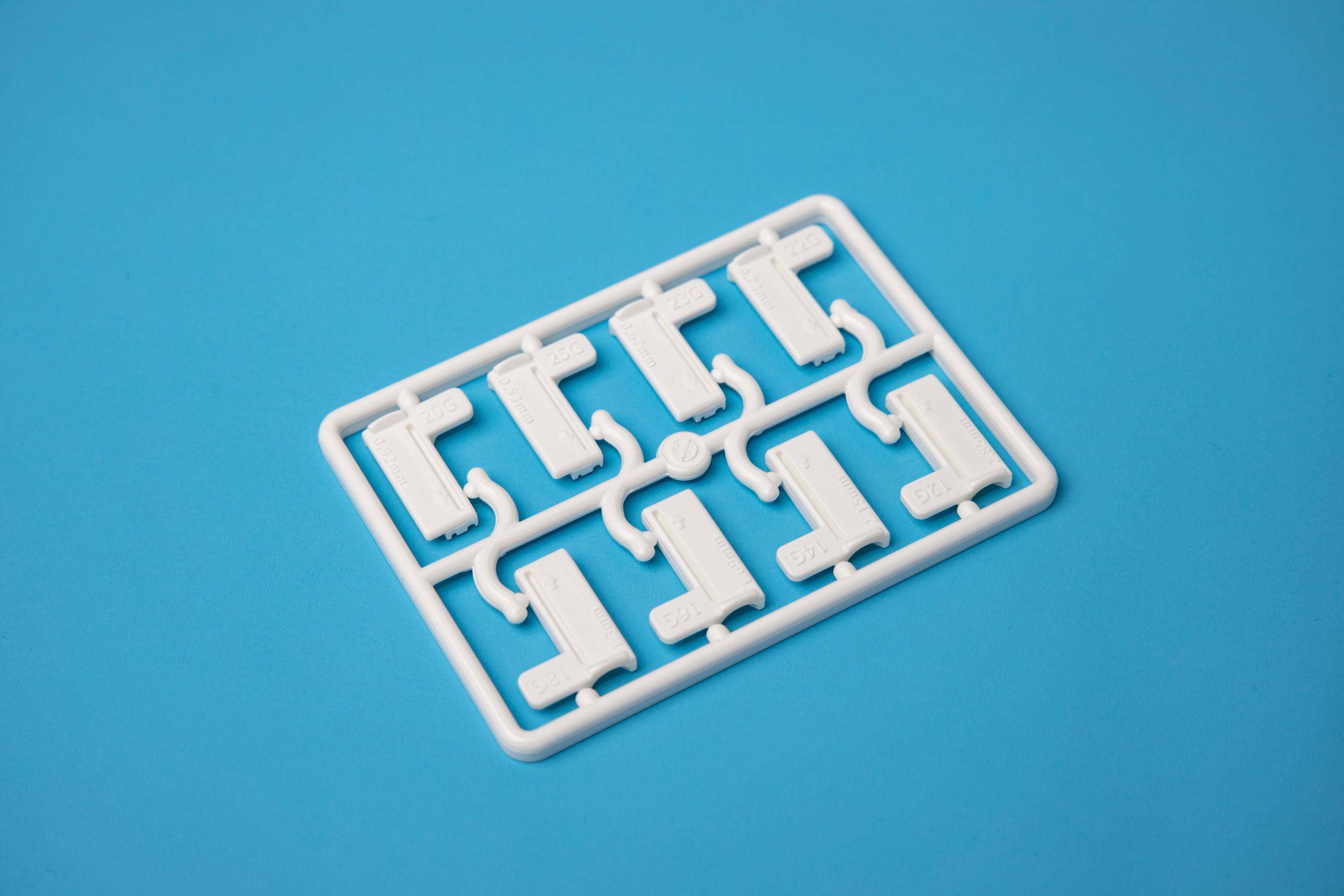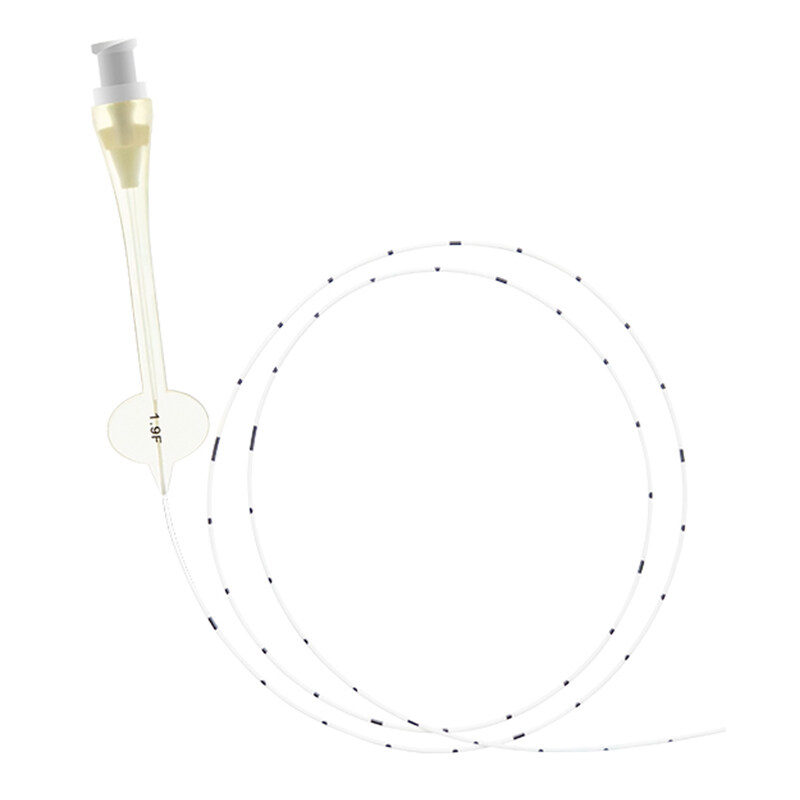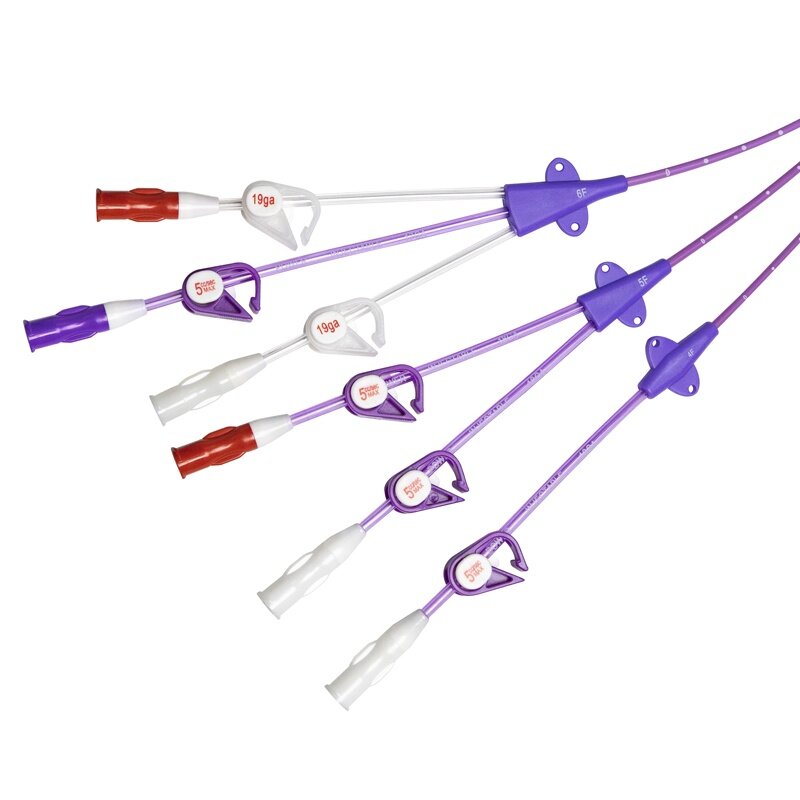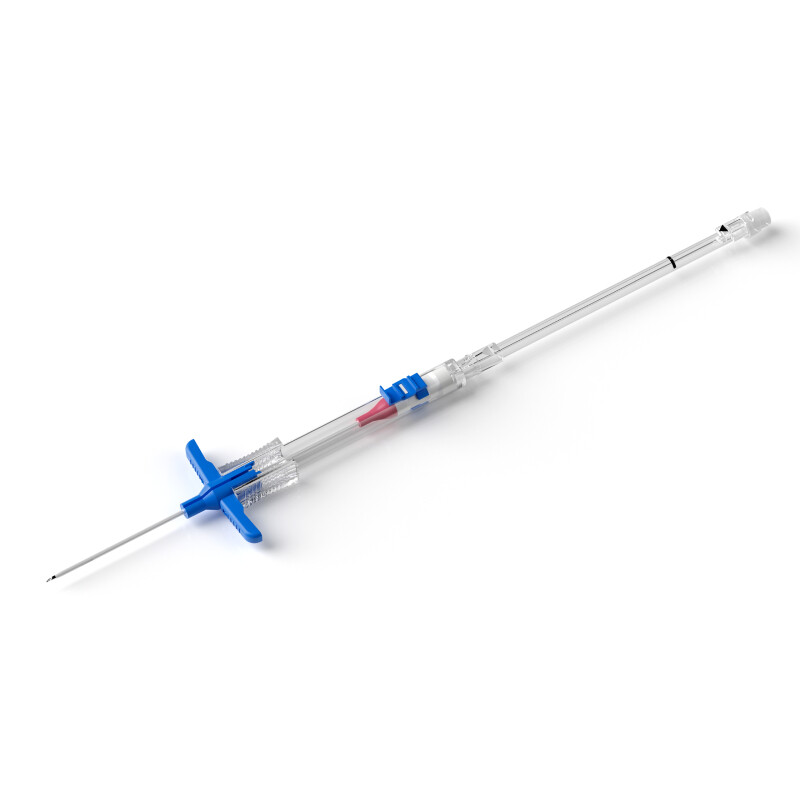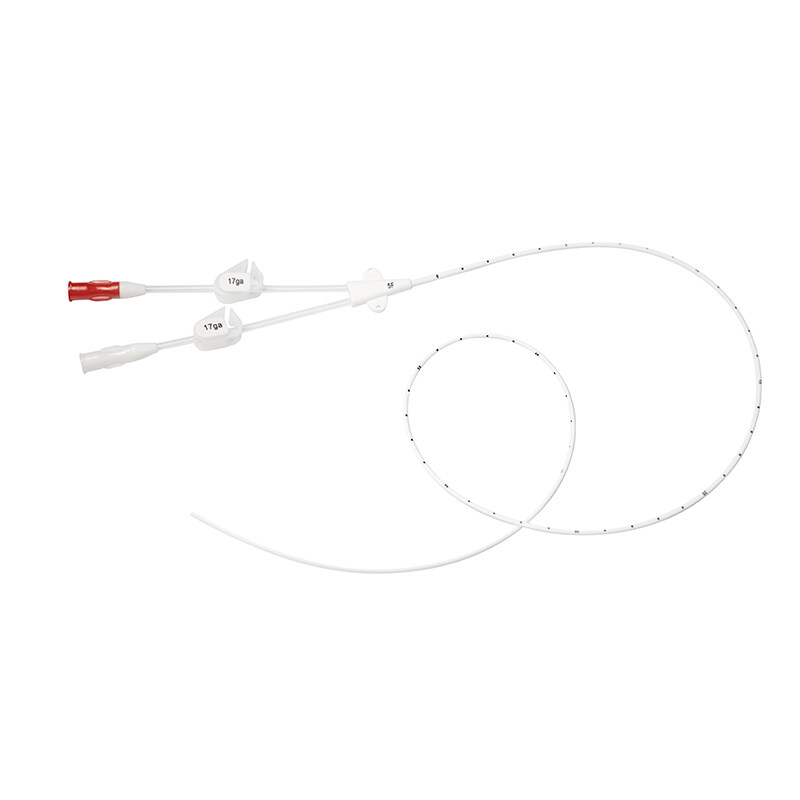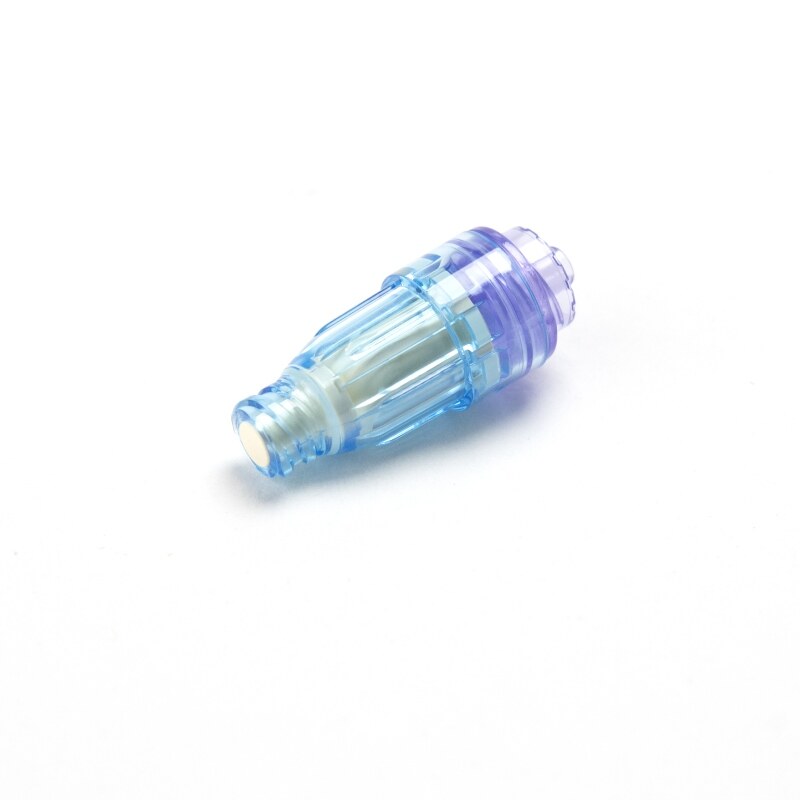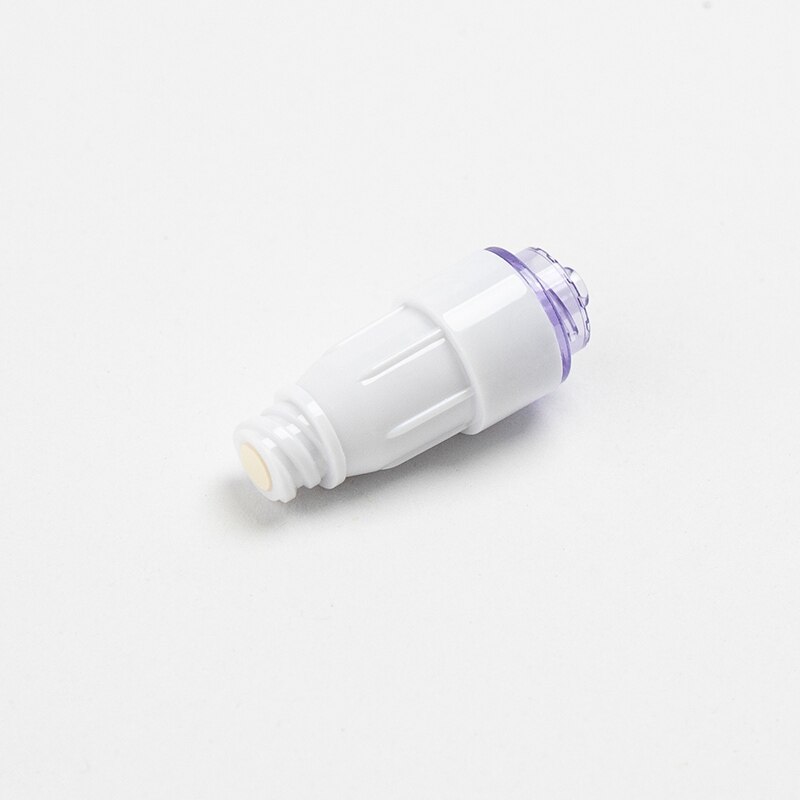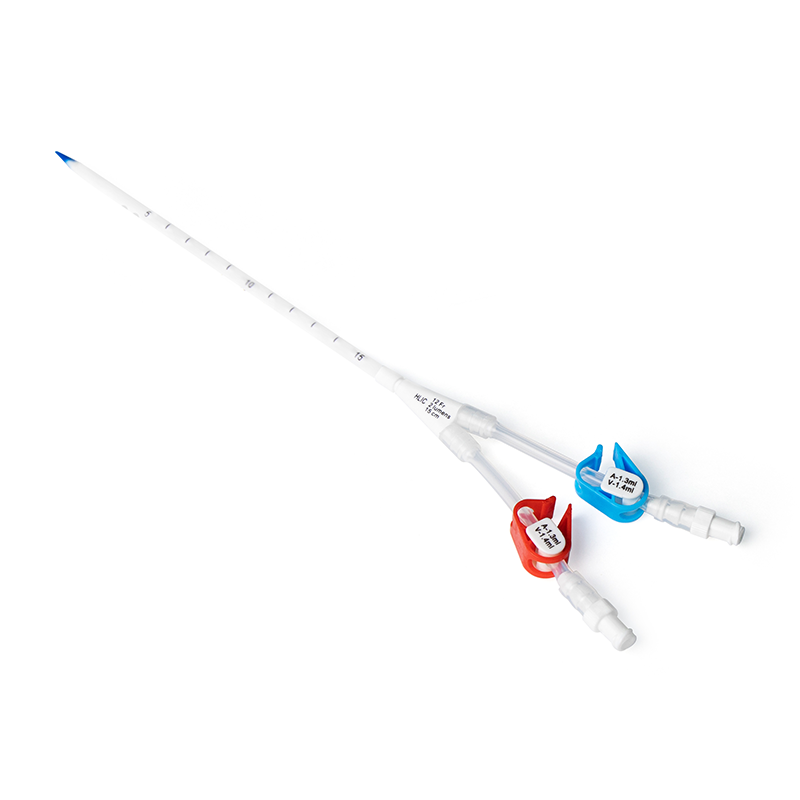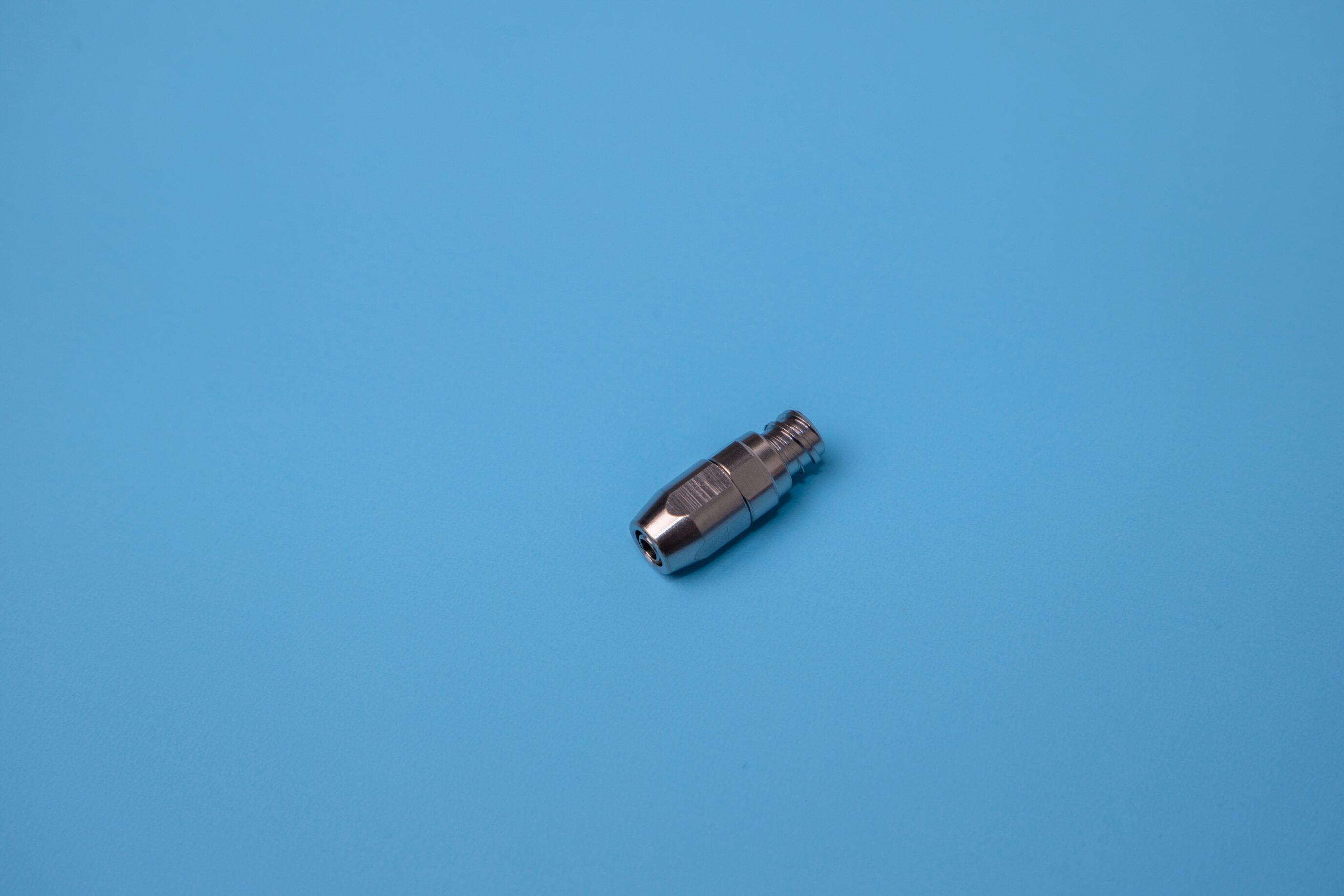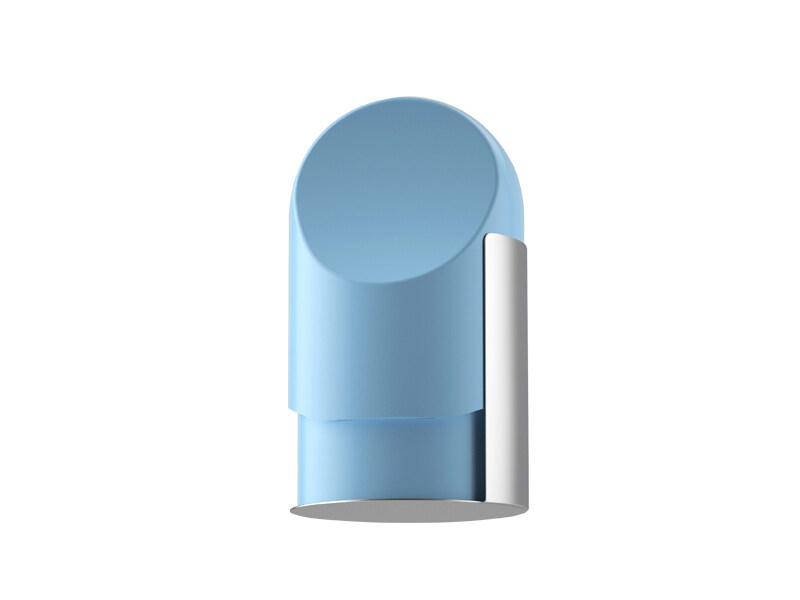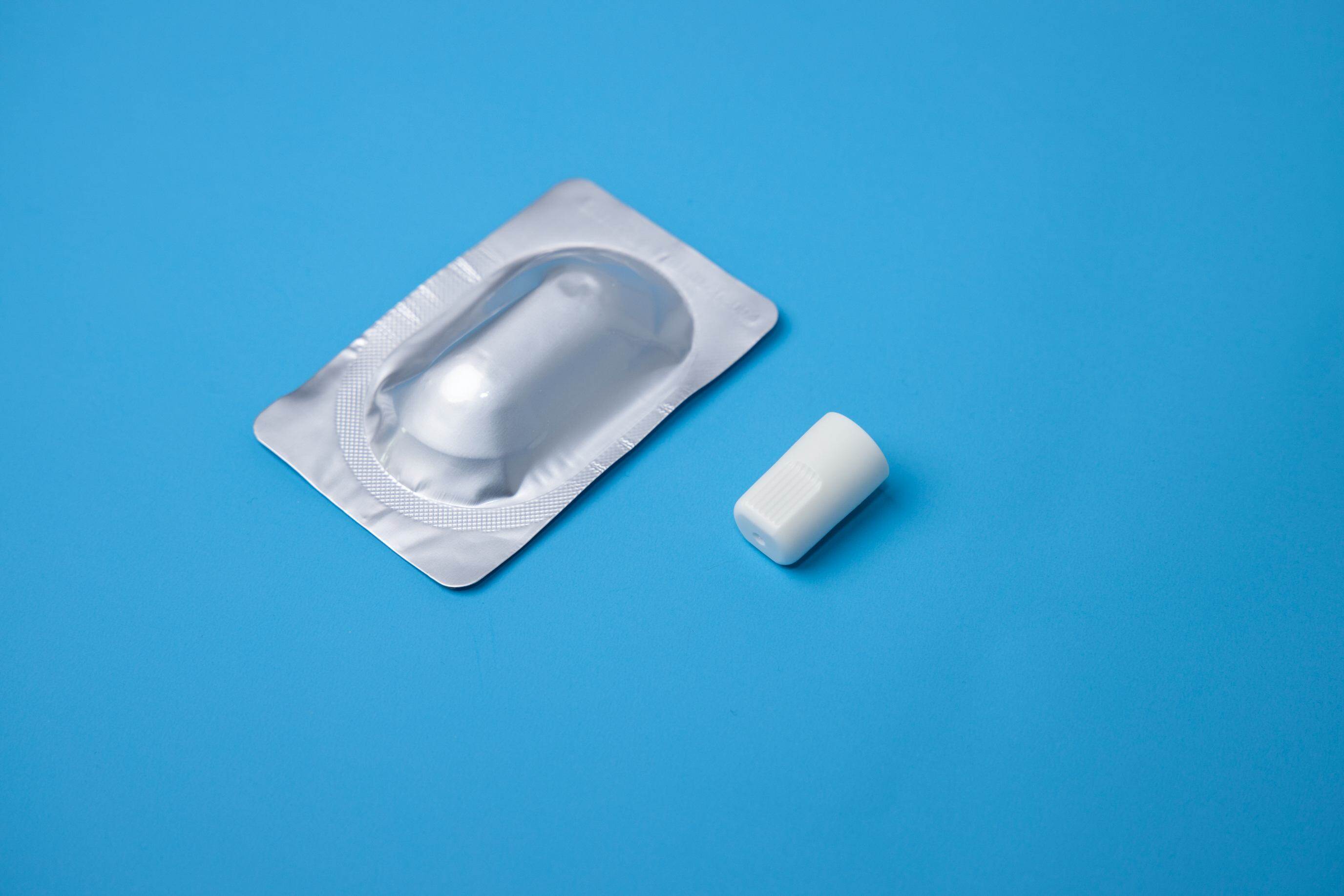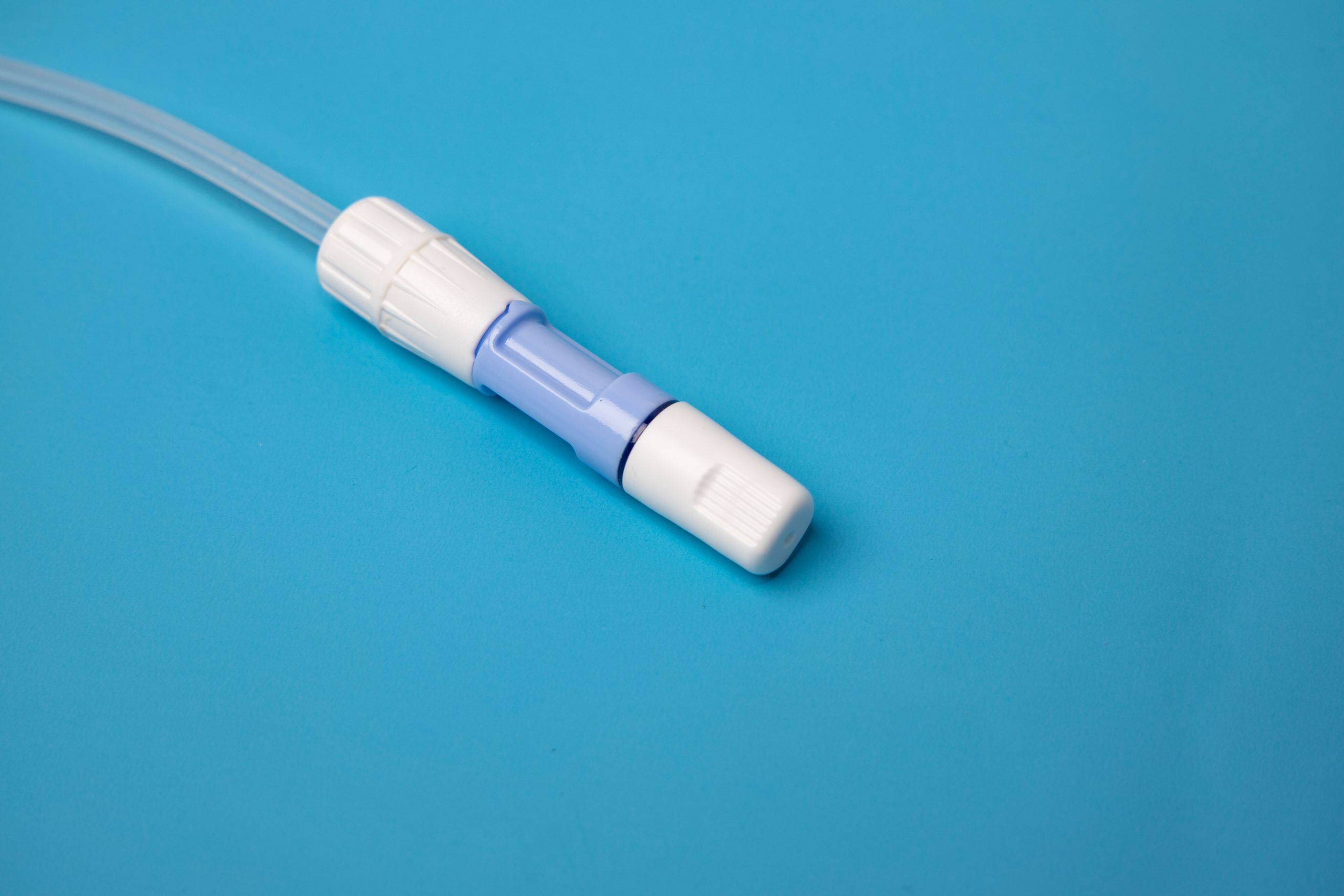central venous catheter for total parenteral nutrition
What is a central venous catheter used for?
A central venous catheter is a thin, flexible tube that is inserted into a vein, usually below the right collarbone, and guided (threaded) into a large vein above the right side of the heart called the superior vena cava.
What are the types of central venous catheters?
The doctor will recommend the type of CVC you should have based on your situation and how long the CVC may be needed.
Three common types of CVC are a tunneled central venous catheter, a peripherally inserted central catheter, and a subcutaneous port.
There is still a lot to learn about central venous catheters, for example about the central venous catheter for total parenteral nutrition. Only with a better understanding of the central venous catheter for total parenteral nutrition can we make the most of its usefulness.
central venous catheter for total parenteral nutrition
Central Venous Catheter for Total Parenteral Nutrition (TPN), designed for patients who require long-term administration of nutrition directly into their bloodstream. This advanced medical device is crafted to deliver high-quality and reliable care to patients undergoing central venous catheters for total parenteral nutrition therapy.
Our central venous catheter is made from high-grade materials, ensuring maximum safety and comfort. It features multiple lumens for administering central venous catheters for total parenteral nutrition and other medications, with a unique design that allows for efficient and accurate placement. The catheter's tip is designed to prevent damage to the surrounding tissues and ensure the proper flow of fluids.
One of the standout features of our central venous catheter for TPN is its durability. The device is built to last, making it an ideal choice for patients who require long-term TPN therapy. It's also easy to maintain and clean, reducing the risk of infection and ensuring optimal performance.
The benefits of using our central venous catheter for TPN are numerous. It allows for precise administration of TPN and medications, reducing the risk of complications and ensuring optimal treatment outcomes. It's also less invasive than other forms of central access, resulting in reduced discomfort and faster recovery times.
As with any medical device, there are some potential downsides to consider. Our central venous catheter for TPN requires specialized training and expertise to insert and maintain, making it important to work with experienced healthcare professionals. In rare cases, the catheter may become dislodged or cause an infection, requiring prompt medical attention.
Overall, our central venous catheter for TPN is a reliable and effective tool for patients undergoing long-term TPN therapy. Its unique features and benefits make it an ideal choice for healthcare professionals and patients alike.
Where is the central venous catheter placed?
A Central venous catheter is used to give intravenous fluids, blood transfusions, chemotherapy, and other drugs.
A central venous catheter is an indwelling device that is peripherally inserted into a large, central vein, and advanced until the terminal lumen resides within the inferior vena cava, superior vena cava, or right atrium.
Haolang medical specializes in developing, manufacturing, and distributing a series of products for vascular access, infusion therapy, and infection control.
For questions about the central venous catheter, including the central venous catheter for total parenteral nutrition, you are always welcome to contact Haolang Medical to find out more.
How long can the central venous catheter for total parenteral nutrition be used for TPN therapy?
Our catheter is designed for long-term use and can remain in place for several months with proper care and maintenance.
Is the central venous catheter for total parenteral nutrition difficult to insert?
Inserting a central venous catheter requires specialized training and expertise. We recommend working with experienced healthcare professionals to ensure proper placement and optimal outcomes.
How do I care for my catheter at home?
Your healthcare provider will provide detailed instructions on caring for your catheter at home, including cleaning techniques and signs of potential complications. It's important to follow these instructions closely to ensure the proper functioning of the catheter and minimize the risk of infection.

